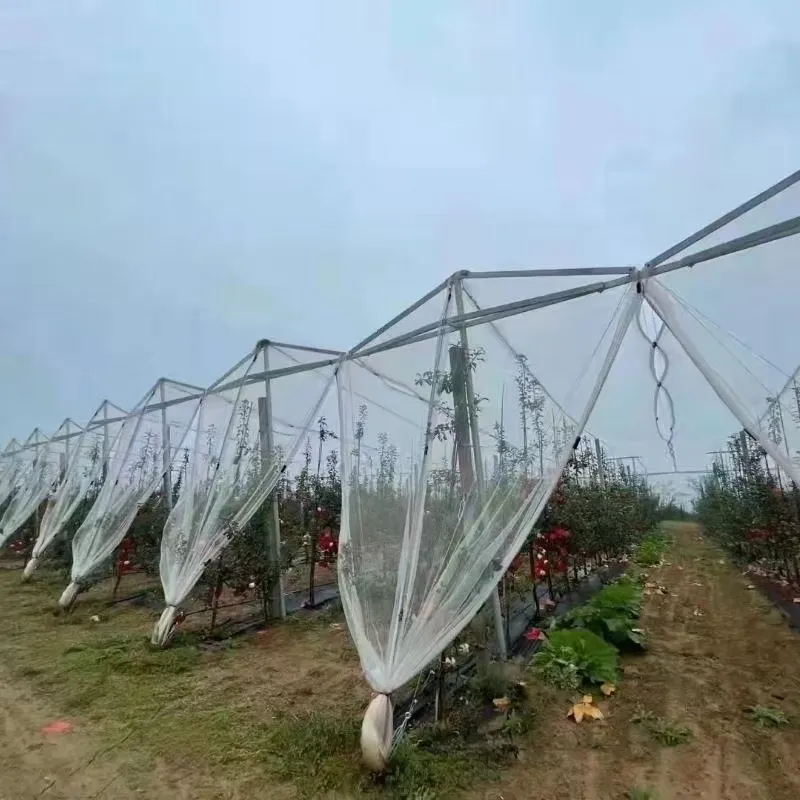-
 Afrikaans
Afrikaans -
 Albanian
Albanian -
 Amharic
Amharic -
 Arabic
Arabic -
 Armenian
Armenian -
 Azerbaijani
Azerbaijani -
 Basque
Basque -
 Belarusian
Belarusian -
 Bengali
Bengali -
 Bosnian
Bosnian -
 Bulgarian
Bulgarian -
 Catalan
Catalan -
 Cebuano
Cebuano -
 China
China -
 Corsican
Corsican -
 Croatian
Croatian -
 Czech
Czech -
 Danish
Danish -
 Dutch
Dutch -
 English
English -
 Esperanto
Esperanto -
 Estonian
Estonian -
 Finnish
Finnish -
 French
French -
 Frisian
Frisian -
 Galician
Galician -
 Georgian
Georgian -
 German
German -
 Greek
Greek -
 Gujarati
Gujarati -
 Haitian Creole
Haitian Creole -
 hausa
hausa -
 hawaiian
hawaiian -
 Hebrew
Hebrew -
 Hindi
Hindi -
 Miao
Miao -
 Hungarian
Hungarian -
 Icelandic
Icelandic -
 igbo
igbo -
 Indonesian
Indonesian -
 irish
irish -
 Italian
Italian -
 Japanese
Japanese -
 Javanese
Javanese -
 Kannada
Kannada -
 kazakh
kazakh -
 Khmer
Khmer -
 Rwandese
Rwandese -
 Korean
Korean -
 Kurdish
Kurdish -
 Kyrgyz
Kyrgyz -
 Lao
Lao -
 Latin
Latin -
 Latvian
Latvian -
 Lithuanian
Lithuanian -
 Luxembourgish
Luxembourgish -
 Macedonian
Macedonian -
 Malgashi
Malgashi -
 Malay
Malay -
 Malayalam
Malayalam -
 Maltese
Maltese -
 Maori
Maori -
 Marathi
Marathi -
 Mongolian
Mongolian -
 Myanmar
Myanmar -
 Nepali
Nepali -
 Norwegian
Norwegian -
 Norwegian
Norwegian -
 Occitan
Occitan -
 Pashto
Pashto -
 Persian
Persian -
 Polish
Polish -
 Portuguese
Portuguese -
 Punjabi
Punjabi -
 Romanian
Romanian -
 Russian
Russian -
 Samoan
Samoan -
 Scottish Gaelic
Scottish Gaelic -
 Serbian
Serbian -
 Sesotho
Sesotho -
 Shona
Shona -
 Sindhi
Sindhi -
 Sinhala
Sinhala -
 Slovak
Slovak -
 Slovenian
Slovenian -
 Somali
Somali -
 Spanish
Spanish -
 Sundanese
Sundanese -
 Swahili
Swahili -
 Swedish
Swedish -
 Tagalog
Tagalog -
 Tajik
Tajik -
 Tamil
Tamil -
 Tatar
Tatar -
 Telugu
Telugu -
 Thai
Thai -
 Turkish
Turkish -
 Turkmen
Turkmen -
 Ukrainian
Ukrainian -
 Urdu
Urdu -
 Uighur
Uighur -
 Uzbek
Uzbek -
 Vietnamese
Vietnamese -
 Welsh
Welsh -
 Bantu
Bantu -
 Yiddish
Yiddish -
 Yoruba
Yoruba -
 Zulu
Zulu
anti insect net for agriculture
The Benefits and Applications of Anti-Insect Nets in Agriculture
Agriculture serves as the backbone of our global food supply, but it is increasingly challenged by pest infestations that threaten crop yields and quality. To combat these issues, farmers and agricultural scientists are continuously seeking innovative solutions. One effective measure that has gained attention in recent years is the use of anti-insect nets, a sustainable agricultural practice that can significantly enhance crop protection while minimizing chemical pesticide usage.
Anti-insect nets, often made from lightweight polyethylene or polypropylene materials, serve as physical barriers designed to keep harmful insects away from crops. These nets come in various sizes and mesh configurations to target specific pests while allowing sunlight, air, and rain to nourish the plants underneath. The implementation of anti-insect nets is particularly beneficial in high-value crops, such as fruits and vegetables, where pest damage can lead to substantial economic losses.
The Benefits and Applications of Anti-Insect Nets in Agriculture
Additionally, anti-insect nets play a significant role in enhancing crop yields. By protecting crops from pests like aphids, whiteflies, and beetles, farmers can reduce crop loss and increase overall productivity. This is particularly crucial for smallholder farmers in developing countries, where pest damage can severely impact food security and livelihoods. The investments in anti-insect netting systems may lead to greater income stability and improved food availability in these regions.
anti insect net for agriculture

Furthermore, the use of these nets can prolong the growing season. In climates with varying temperatures, anti-insect nets can create a microclimate that helps to regulate temperature and humidity. This advantage accelerates plant growth and allows farmers to produce crops earlier in the season, thereby maximizing their agricultural output. The nets can also protect plants from extreme weather conditions, such as heavy rain or hail, further safeguarding the crops.
The installation of anti-insect nets is relatively simple and can be adapted to various farming systems. Whether used in open fields or greenhouse settings, these nets are versatile and cater to different agricultural practices. Farmers can use hoop structures or low tunnels to support the nets, creating an efficient protective barrier against insects while fostering a conducive environment for plant growth.
Despite the numerous benefits, it is essential to consider potential challenges associated with anti-insect nets. The initial cost of purchasing and installing the nets can be a barrier for some farmers, particularly in lower-income regions. However, considering the long-term benefits, including increased yields and reduced pesticide costs, the investment can often pay off over time. Education and support from agricultural extension services can also aid farmers in understanding how to maximize the effectiveness of insect nets and integrate them into their overall pest management strategies.
Moreover, while anti-insect nets are effective against many common pests, they may not be a one-size-fits-all solution. Farmers must remain vigilant and monitor their crops regularly to detect any pest incursions or new species that may bypass the nets. Integrated pest management (IPM), which combines multiple control strategies, including biological control and cultural practices, can complement the use of anti-insect nets, ensuring a holistic approach to pest management.
In conclusion, anti-insect nets represent a promising advancement in sustainable agriculture, offering multiple benefits, such as decreased pesticide use, increased crop yields, and longer growing seasons. By providing a physical barrier against pests, these nets foster a healthier ecosystem and contribute to the resilience of agricultural production. As farmers worldwide continue to face the challenges of pest management, the use of anti-insect nets is likely to play an increasingly vital role in ensuring food security and environmental sustainability in the future. Embracing this innovative approach can help create a more sustainable agricultural landscape that benefits both producers and consumers.
-
Shipping Plastic Bags for Every NeedNewsJul.24,2025
-
Safety Netting: Your Shield in ConstructionNewsJul.24,2025
-
Plastic Mesh Netting for Everyday UseNewsJul.24,2025
-
Nylon Netting for Every UseNewsJul.24,2025
-
Mesh Breeder Box for Fish TanksNewsJul.24,2025
-
Expanded Steel Mesh Offers Durable VersatilityNewsJul.24,2025











